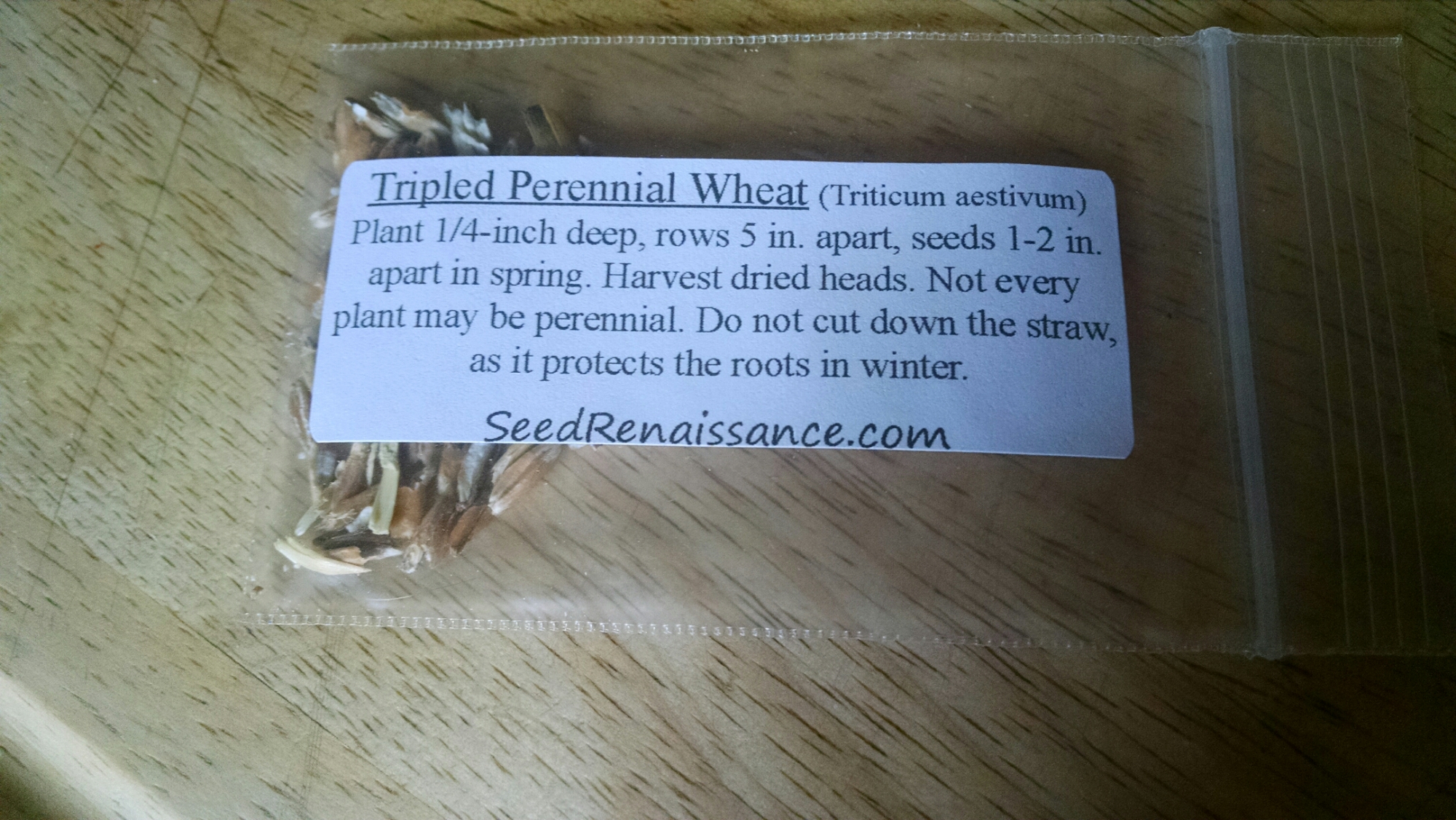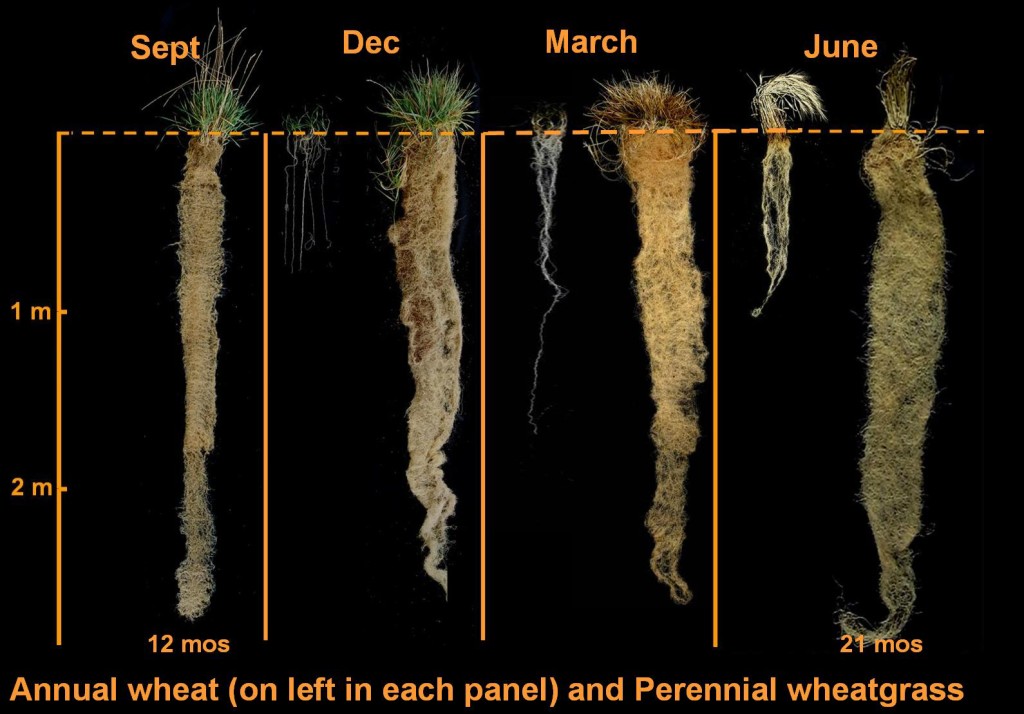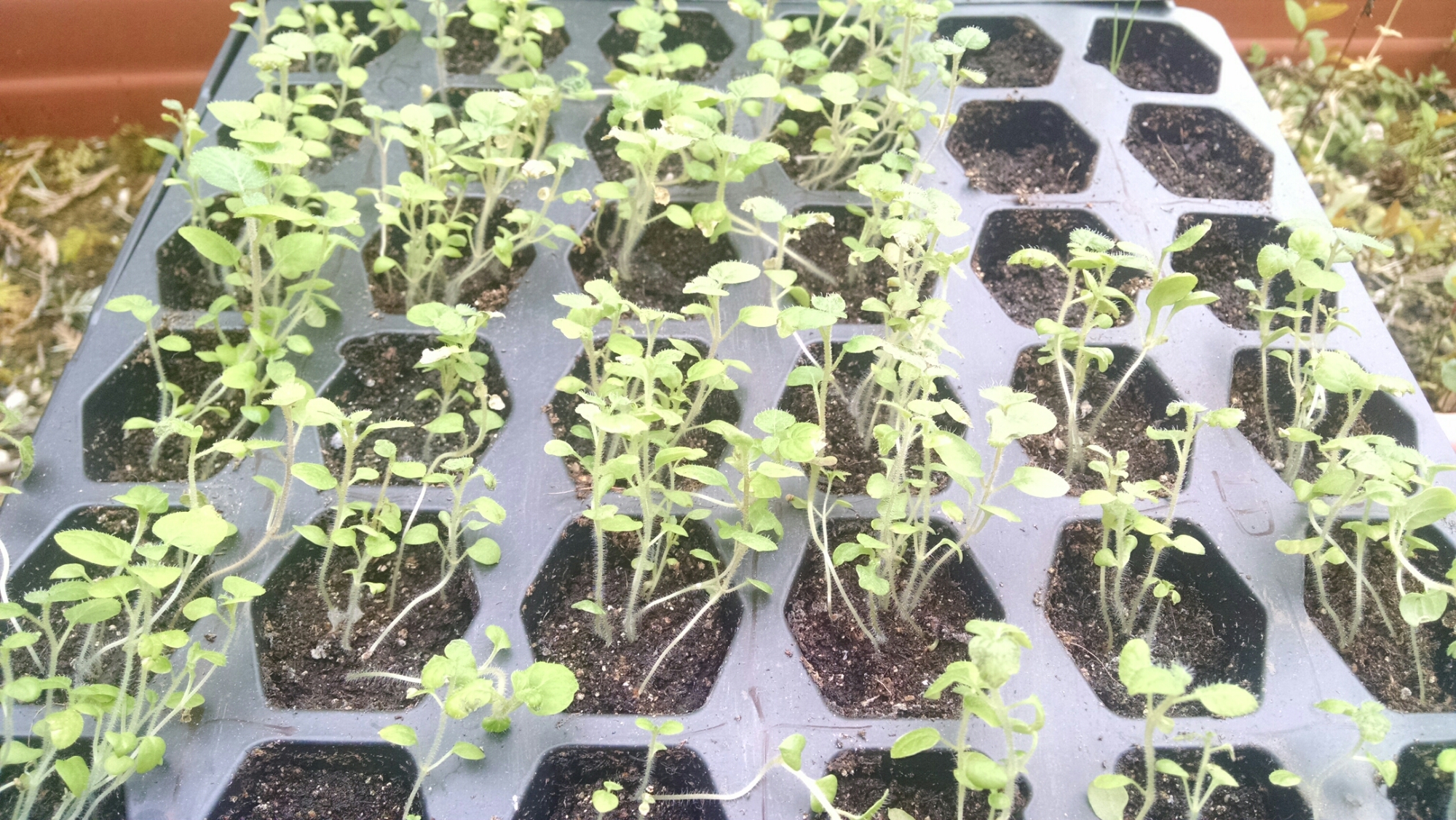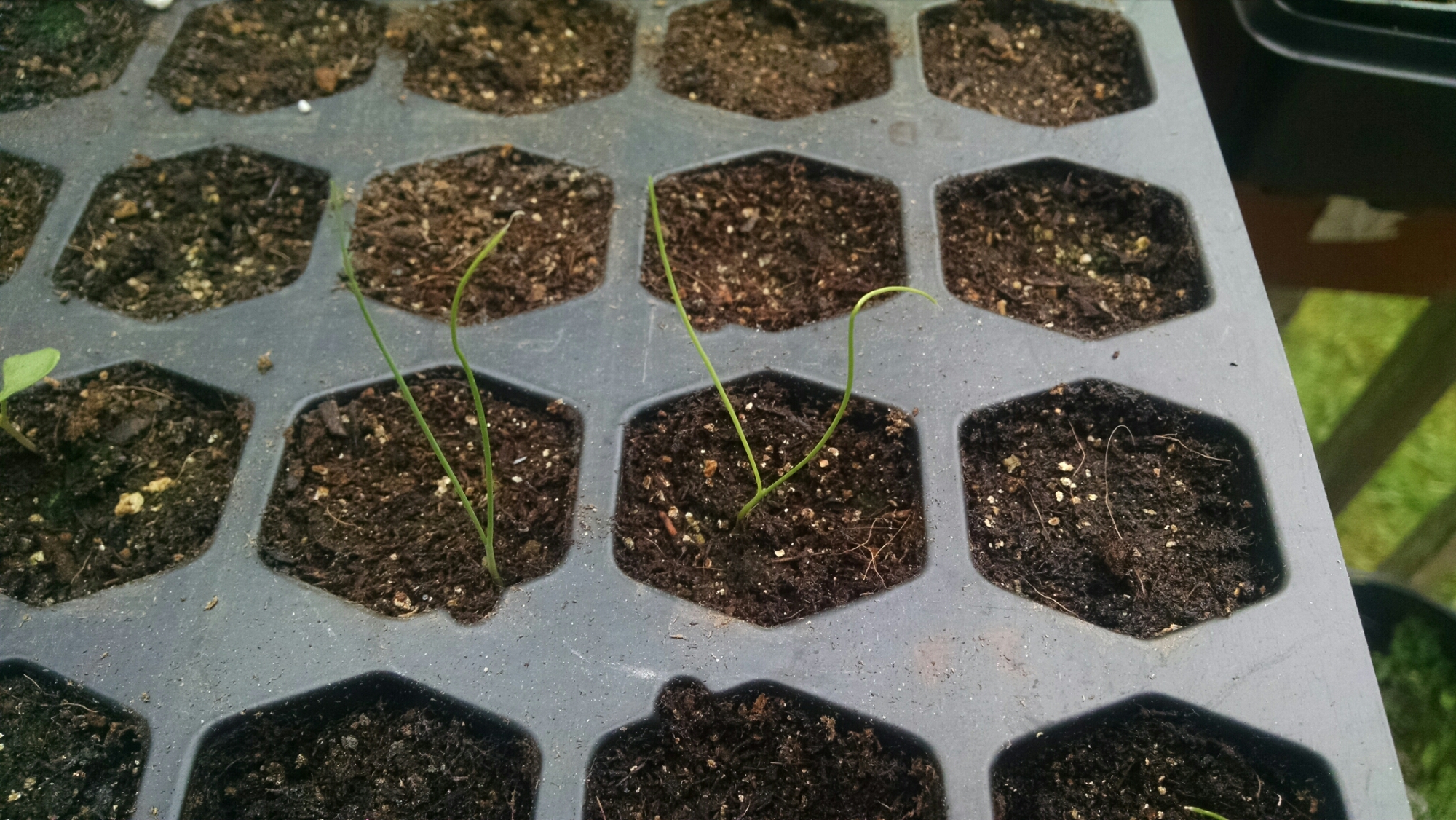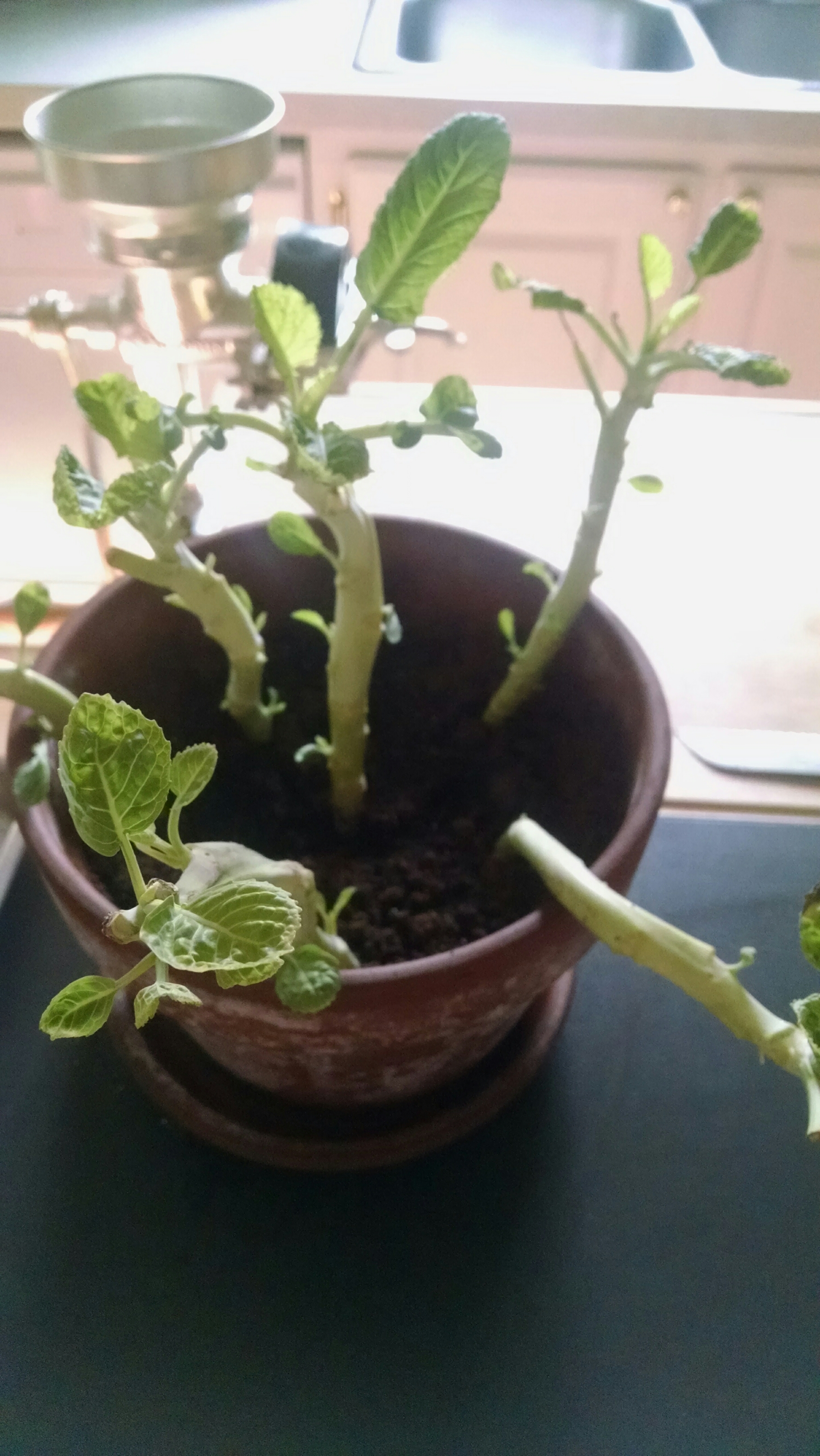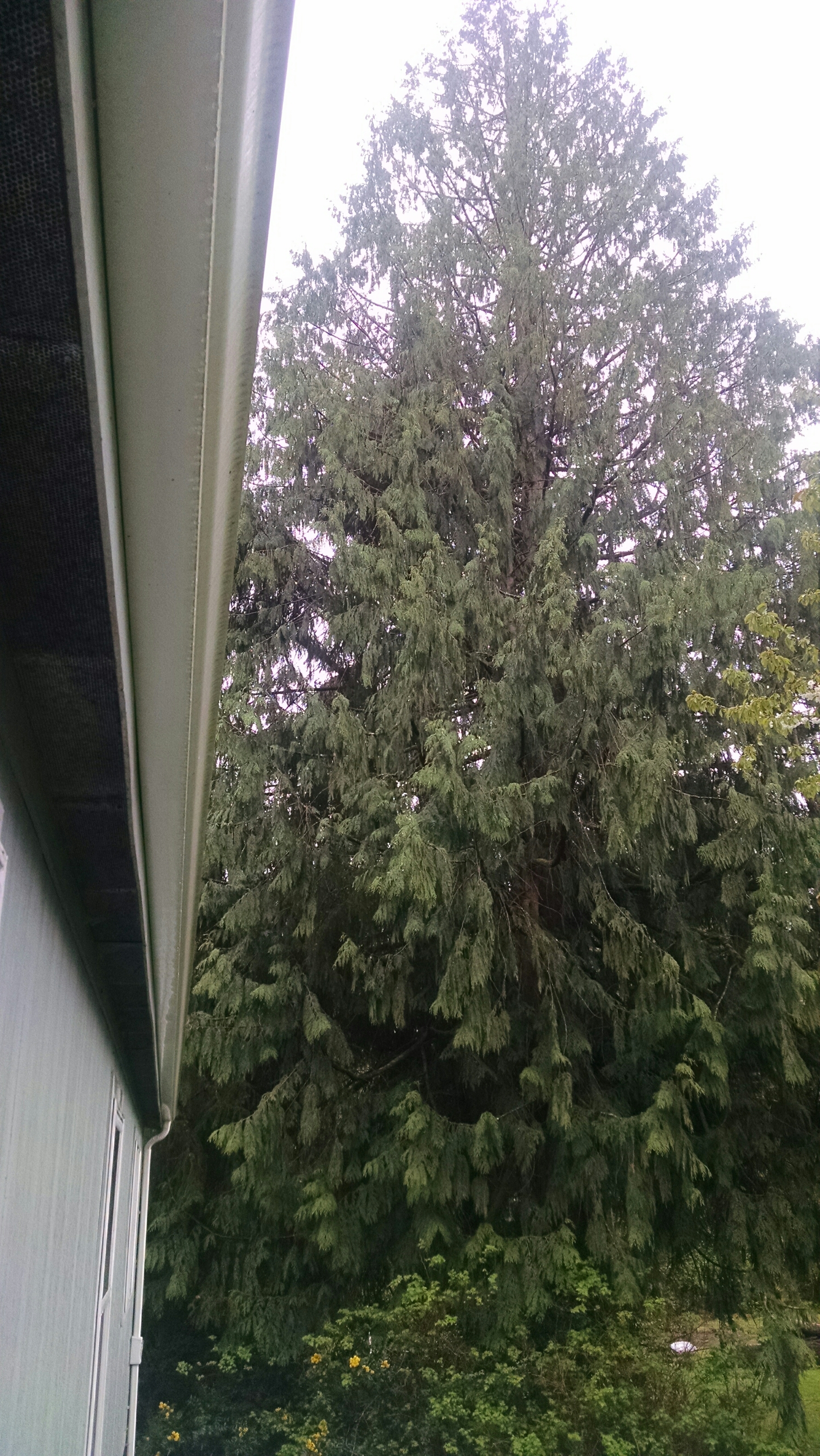Plant and forget gardening: plants are your friend
This year, we were traveling for about two months out of in the growing season. During that time, our gardens fended for themselves, yet still produced a lot of food for us. They had no watering, and the only weeding of note we did was trimming back a mis-timed cover crop and pulling out some buttercups.
Despite the low input we have gotten more kale than we can eat, cucumbers, tomatoes, raspberries and blackberries, garlic, beets, collard greens,tomatillos, and more.
I’m going to write a series of posts about how we did this. What worked, what didn’t and what we’ve learned for the next seasons. We’ll go over soil, dealing with pests, how to get away with not watering, and other topics. Starting off, we’ll talk about…
Choosing low-maintenance plants
Simply choosing what plants you will focus on can go a long way towards reducing the amount of work you need to do in your garden. Some substitutions require a little adaptation in your palate — like kale for spinach, or yellow tomatillos for tomatoes. But some substitutions are more or less direct — like Climbing Spinach instead of Spinach.
Kale versus lettuce
The MVP for us this year has definitely been the kale — I got seeds for a variety that grows very well here. I literally scattered them on a garden bed and didn’t even tamp them down, and the plants have grown full and have yielded more than we are capable of eating. They are easily outgrowing whatever slug or worm damage they get. This is great!
Planting took about 2 minutes, and aside of that the only work has been harvesting. This is about as low-maintenance as it gets.
Contrast this with lettuce. Lettuce is fun to grow, and tasty to eat. But if that was where the greens in my garden came from? It would have been a lot more work this year. Multiple plantings, likely need for water, likely greater pest damage. And I would have had to weed them a lot more, as well.
If you really like lettuce on your sandwiches and find kale has too strong a flavor, you could plant a Linden tree. Yes, a tree. I haven’t tried it yet, but the leaves are edible cooked or raw, and supposedly do a fine job replacing lettuce on a sandwich. And which is easier to grow: lettuce, or a tree?
Climbing Spinach vs Spinach
I haven’t grown Climbing Spinach yet (also called Caucasian Spinach, because it is from the Caucasus mountains). However, I’m getting seeds to grow it next year, so I feel like I can write about it here. : )
This plant has leaves you can eat that taste fairly much like Spinach. However, instead of being grown and harvested as young sprouts, this plant is a vigorous perennial vine. Plant once, and harvest for many, many seasons. And spinach must be planted in the cool seasons: around here, that means you get a spring crop, nothing in the summer, and then a fall crop.
With Climbing Spinach, it starts producing edible shoots in early spring before spinach would even be ready, and then bears leaves all the way through summer into the fall. In addition, because it is grown as a perennial, it can get a well-established root system, which means it will be a lot more tolerant to growing purely from rainfall, without needing irrigation.
If you want something spinach-y, Climbing Spinach achieves the goal with waaaaay less work. You could even ignore it for a year, come back, and harvest the next year.
And more. Many more…
Do you grow onions? Try potato onions instead — they are a little smaller, but much easier to grow. Do you like collard greens? Grow a collard tree instead, it is exactly the same, but bigger and it lives for 20 years or more. Do you like tomatoes? It isn’t widely known, but if you let tomatillos ripen they turn yellow and taste a lot like a pear tomato, but they come individually wrapped in paper husks so you can harvest them after they have fallen on the ground and they won’t be mushy or moldy. So add some tomatillos to your garden, and you instantly gain leeway.
I could go on and on about substitutions you can make that allow you to get pretty darn close to a gardening process of plant -> neglect -> harvest abundant yield, but I’ll stop for now.
Bonus tip: Save your seeds.
Genetics
The kale that has grown so magnificently this year, despite having as much care as a weed in a field — came from seeds a friend gave. He got the seeds from another friend. They both live in this area. Those seeds have been bred to resist the pests here, and to do well with the climate. Not by any fancy program, just by these two people saving seeds from the plants that managed to grow successfully in their garden. If I had just bought kale seed from a catalog, I doubt it would have done nearly as well.
I planted a couple dozen squash and pumpkin seeds in a nursery bed this spring. With one exception, all of those seedlings were obliterated by slugs. One of them was unaffected. It has since grown into one of the happiest, most vigorous squash/pumpkin plants I’ve seen. It has no evidence of slug damage at all, but what it does have is fairly prickly little spines. I think that kept the slugs away. In any case, I’m going to save seed from it, and that’ll be a cornerstone of my squash plants for future years.
The point is that you can substitute one kind of plant for another (climbing spinach for spinach), and you can also very often find or easily select for varieties that will be so much less demanding in your particular area.
Epigenetics
Say you have a dry summer like we do in the west. If you grow your plants without irrigation, they will tune their response to the water stress by turning on certain genes and turning off others. Some of these changes they can pass on to their seeds. In one generation, with no selection by you, your plants can become better adapted not just to your region, but to your own garden and your own gardening style. Obtaining seeds from a catalog or an exchange is fine when you are acquiring a new variety — but if you want your plants to be able to help out in the garden and save you some work, you want them to be tailored to your own conditions.
Wrapup
If you do some research upfront when choosing plants for your garden, you can take an enormous leap towards a plant and forget garden. And if you save seeds, you get even further. If you are around here, feel free to ask me for tips on any of this and I’ll talk your ear off and probably give you a bunch of seeds, too.
Are there any high-maintenance plants you grow that you would like to be able to plant and forget?
